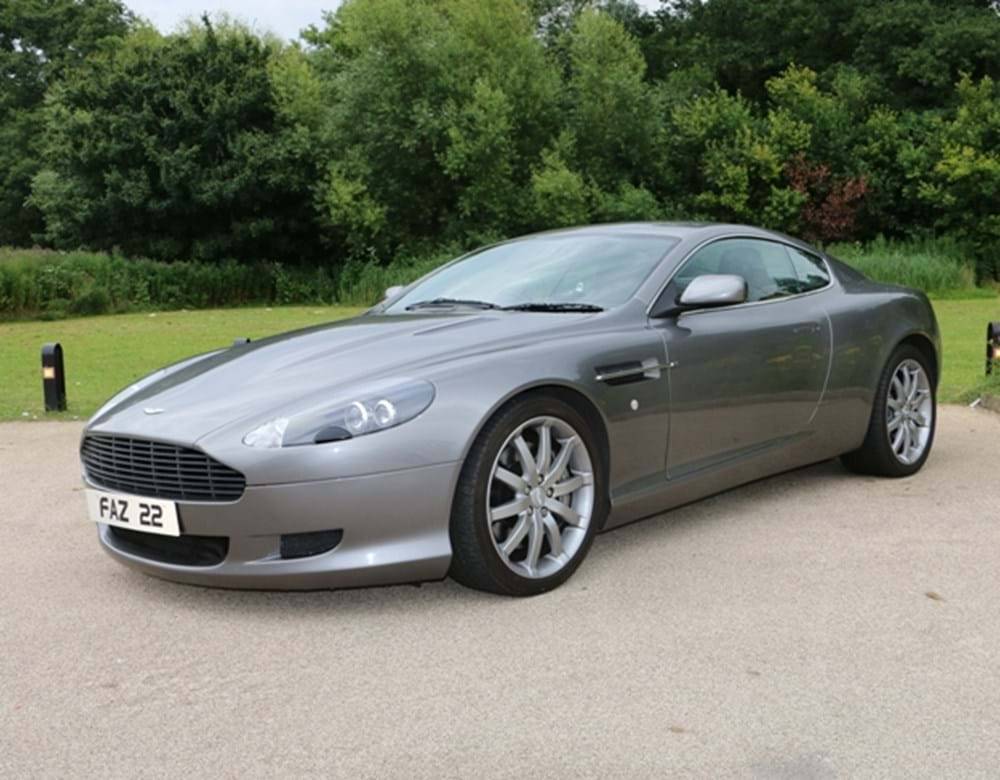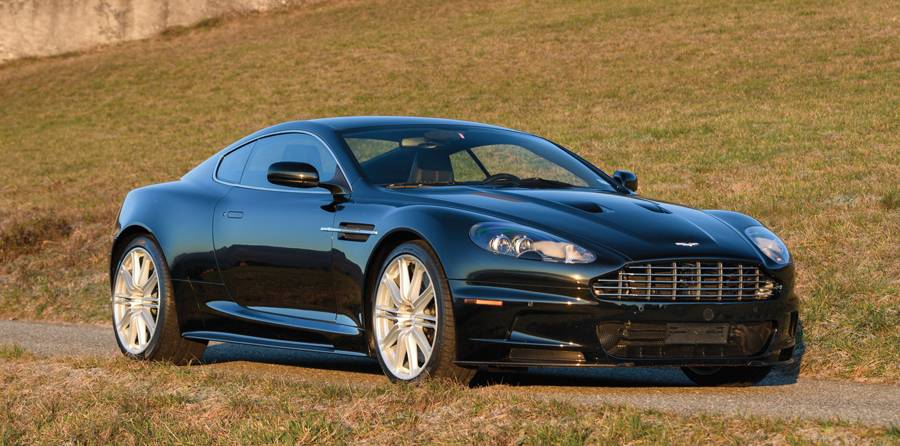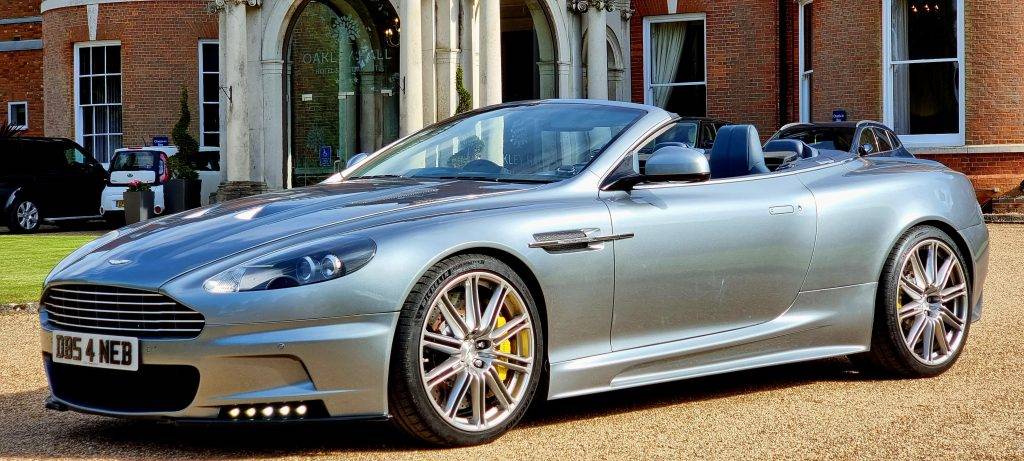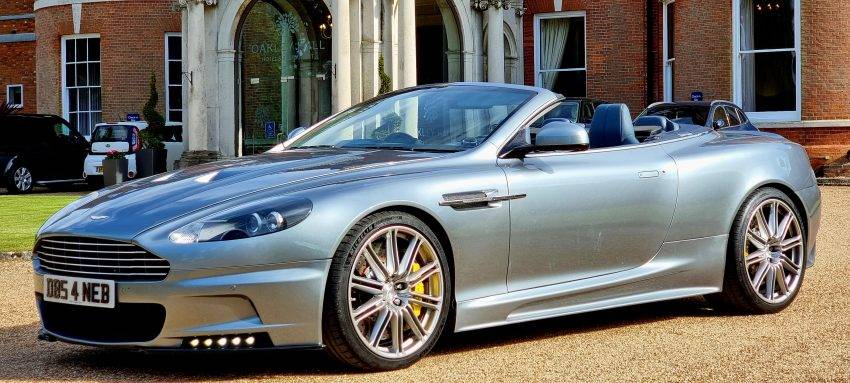DB9, DBS or DB9S. The DB9 was launched in 2004 with the DBS following in 2007.
DB9
The DB9 made a huge impact at the 2003 Frankfurt Motor Show. The DB9 was the first of what has become an extensive range of production and race Aston Martins to use VH architecture. The DB9 was to be the ‘GT’ offering’ in the fast growing AM range as it had occasional rear seats but it was also been engineered to behave like a sportscar. The car was powered by a third generation 450 bhp version of the 5.9 litre V12 developed from that in the V12 Vanquish and DB7 Vantage; initially produced by Cosworth Technology in the UK, the production of which moved to the Aston Martin Engine Plant in Cologne, Germany in September 2004. The DB9 itself is built in a purpose built state of the art facility at Gaydon, Warwickshire.

The DB9 VH platform was produced from stamped, extruded and cast aluminium, glued and riveted together. A shorter version would be used in the Vantage and a longer version in the Rapide. The Aluminium and composite bodyshell was both lighter and stronger than the DB7.
DBS
The DBS was launched through the James Bond film “Casino Royale” in late 2006 but wasn’t available until summer 2007.

The DBS is an improved, faster, more dramatic version of the DB9. The V12 has been tuned to produce 510 bhp @ 6500 rpm and 420 lb.ft. of torque at 5750 rpm and was coupled to a close ratio 6-speed gearbox. This allowed a top speed of 191 mph and 0-60 dash in 4.3 seconds. At launch, the DBS was only available with a conventional gear stick and three pedals although an automatic became available as an option from late 2008. The DBS had vented carbon ceramic brakes: 398 mm diameter with six pot calipers at the front, 360 mm four pot calipers at the back. It had carbon fibre composite body panels used for the boot enclosure, boot lid, door opening surrounds, front wings and bonnet, together offering a 30kg saving over the aluminium equivalent. On top of the carbon weave, a patented Surface Veil process was applied a 200 micron layer of epoxy and glass to give the ultra smooth finish expected on an Aston Martin.
Overall, the weight of the two-seat DBS was 65kg lower than the DB9. The conventional key was ditched and replaced by a polished sapphire “Emotion Control Unit”. The centre console updated.
DB9S
There was a DB9S from Kahn in 2006 that was a bodykit for the DB9 to make it look more aggressive, similar to the DBS but in this instance I’m talking about visually updating a DB9 using original Aston Martin DBS parts such as Bumper, Sills, Wheels etc. and also improving the performance, brakes, handling etc.

